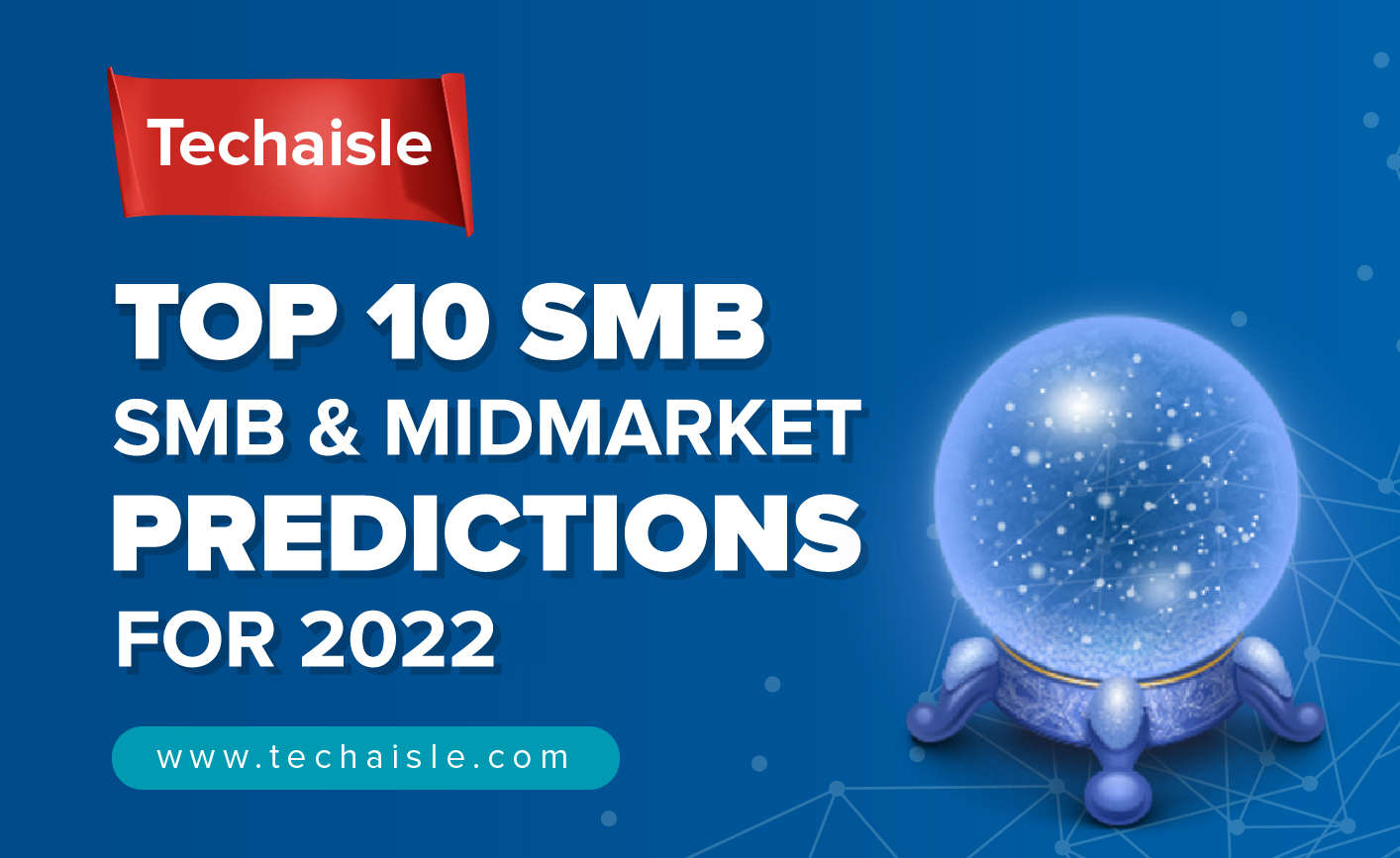
The predictions rely on an extensive research initiative conducted throughout 2021 – the year in which the impact of the pandemic on economic activity and IT consumption was becoming more apparent. Leveraging a panel of over 250K partners, Techaisle surveys more than 5000 partners and has qualitative conversations with hundreds of partners. Techaisle's 2022 in Focus research series illuminates issues and requirements in the vast and complex partner ecosystem.
1. Cloud economics and cost optimization consulting will challenge channel
Cloud cost optimization and economics will be the top cloud consulting service demanded by customers, challenging partners (and their vendors) to provide transparency into cloud costs and ensure that customers receive the best available Ts& Cs. To deliver value to the customer, both partners and suppliers will need to define the current state of workloads and a forecast for the future state, adding value through the development and deployment of processes to support cost optimization and compliance/risk management.
2. MSPs will expand their portfolio to include cloud managed services
Cloud technology velocity will open new services opportunities. For example, as businesses will increase their reliance on cloud-managed services to align IT with business strategies, deep-pocketed, progressive MSPs will increase investment in staff training to grow their professional services revenue. As a result, the MSPs will focus on containers (Kubernetes), microservices, open-source, agile development, API management, hybrid cloud workload management, and security and compliance management.
3. The gap between the cloud "haves" and "have nots" will increase
Cloud vendors will invest in cloud channel leaders rather than in the channel as a whole which will accelerate the gap between leaders and laggards and stress the viability of channel firms left behind. As a result, the year will see a separation between channel partners that have the expertise to combine transformative and traditional business models and those that do not.
4. Vendor and partner equilibrium will be unstable
Vendors have been mitigating channel conflicts through "double bubble" compensation models, creating clear guidelines around where the vendor will sell direct and reducing competition between dissimilar channels. However, the complexity associated with cloud consulting and digital transformation adoption acceleration will have vendors questioning the role of partners. Channel partners will be present in several accounts coveted by direct sales teams – increasing vendor/channel conflict. Vendors will manage conflicts and will not eliminate them.
5. The cloud marketplace will be lots of smoke, but the fire is nearer
ISVs and channel partners will have a tough time finding each other and ultimately finding the end customer. Despite low barriers to entry, few will find immediate profitability. Both partners and marketplace operators will need to build and manage relationships, plug into sales and marketing programs, drive investment in the implementation and support for end-users, and fund all of this on a fraction of the monthly fee associated with each service sold. A high percent of end-users will be marketplace curious and not committed customers. It is not how enterprise customers purchase, as yet. Marketplaces will not kill the channel; instead, channel partners will be a vital link in the buyer's journey.













